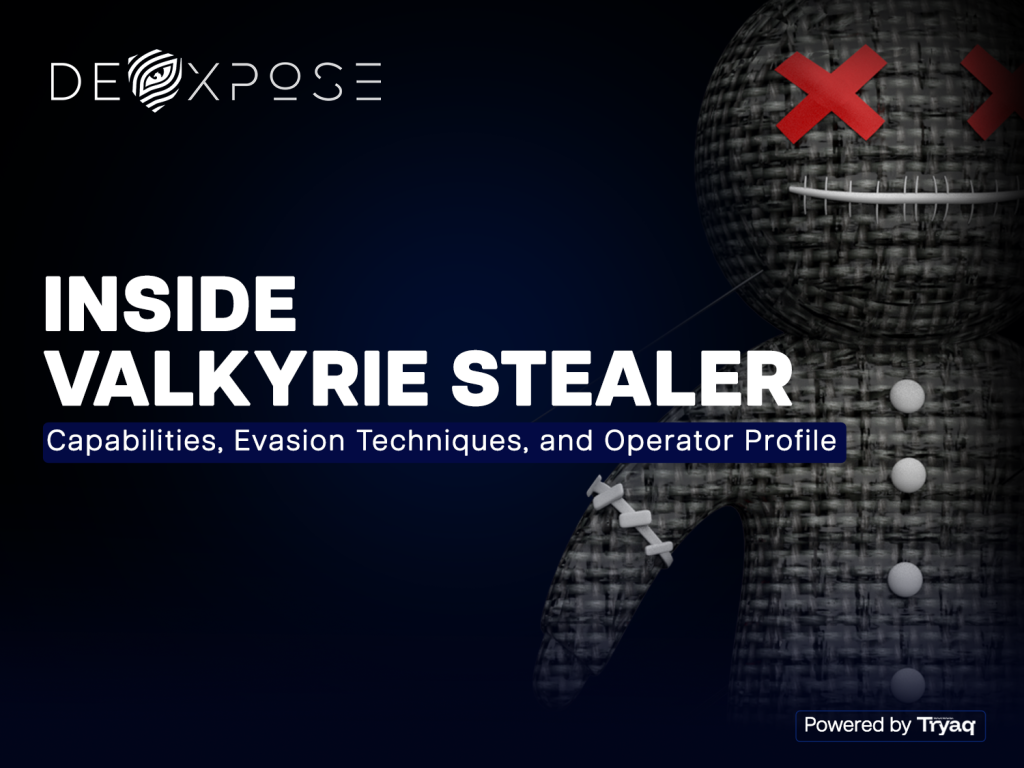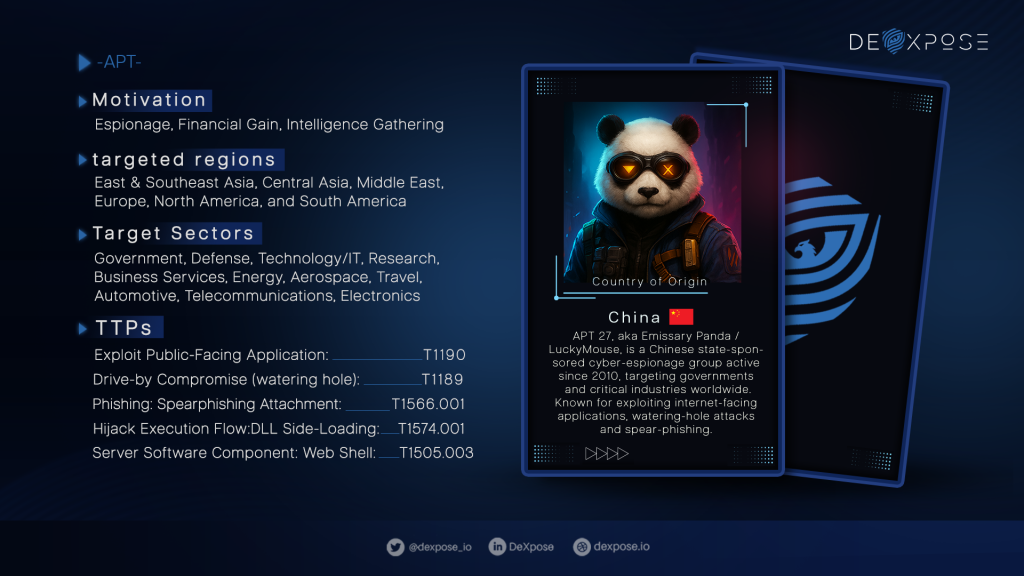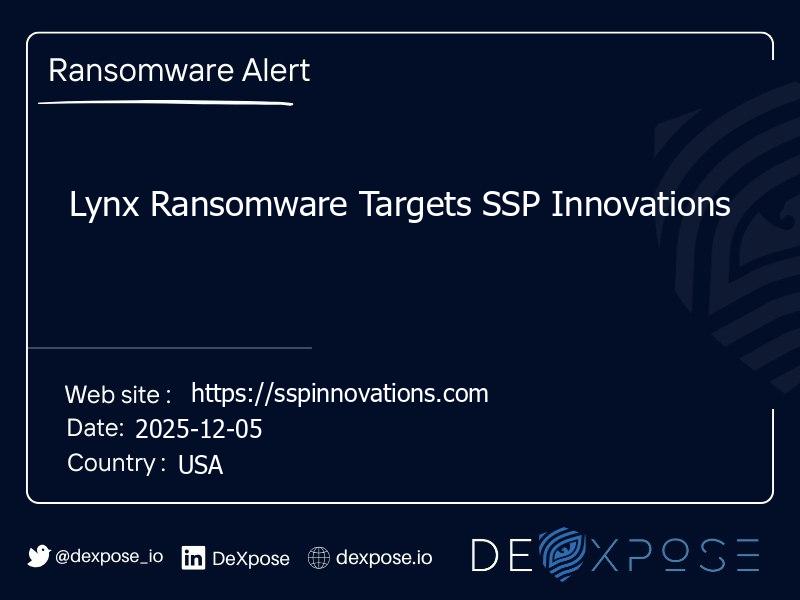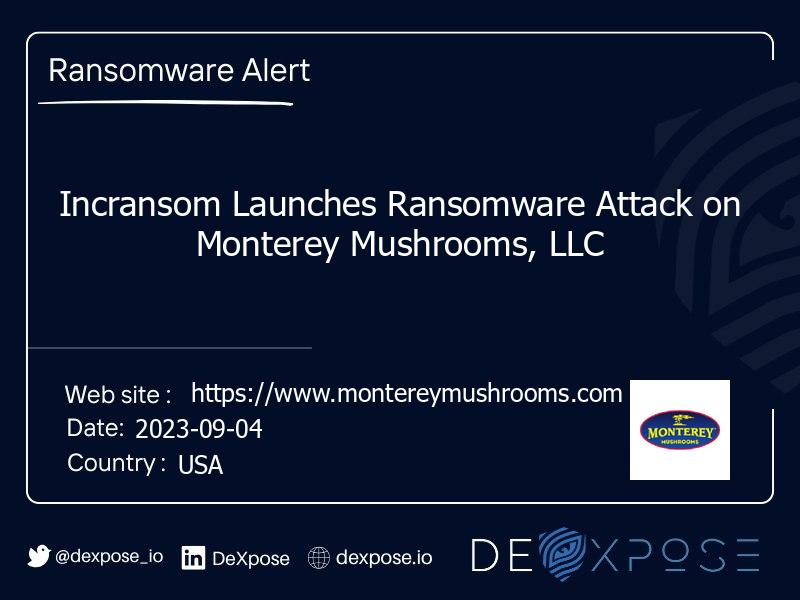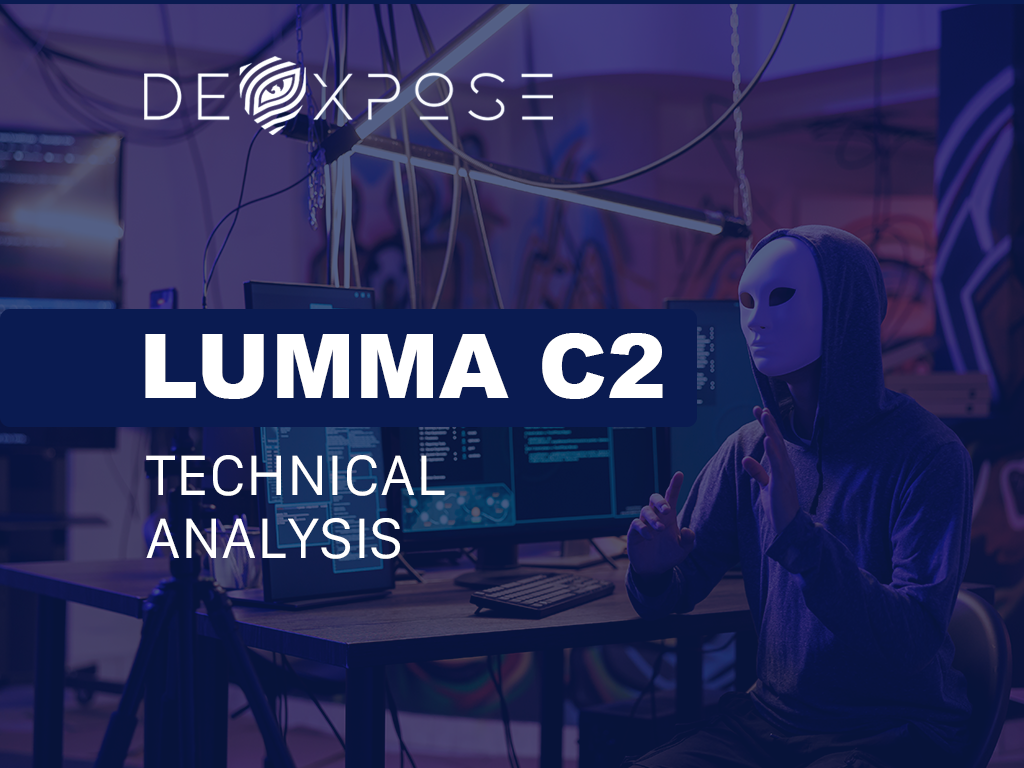In an era where data moves faster than any single defense, deep and dark web monitoring is the proactive layer that separates quick containment from a costly, reputation-damaging breach. Within the first few minutes of a leak, credentials, corporate documents, and internal roadmaps can appear for sale or discussion in hidden forums and marketplaces. Deep Web Scanning helps identify these leaks early, enabling organizations to respond before they escalate. This post explains how to build a reliable detection-to-response pipeline, identify the most essential tools and signals, and transform raw dark web leads into defensible, actionable security outcomes.
What the hidden internet really looks like
The internet people know is only a fraction of what exists. Beyond search engines lie two relevant zones:
- The deep web legitimate but not indexed pages: private databases, academic repositories, internal portals.
- The dark web anonymized services and marketplaces often used for illicit trade, exploitation, and coordination.
Threat actors migrate between these zones. Stolen records might first appear in a private paste or storage site (deep web) and later be bundled or auctioned in darknet markets. Effective monitoring catches those transitions early and provides context who’s selling what, for how much, and whether the listing is active.
Why Deep and Dark Web Monitoring Matters Now
Organizations face three connected problems: volume of exposed data, speed of exploitation, and supply‑chain risk. Deep and dark web monitoring addresses all three.
- It gives early warning of leaked employee credentials, customer records, or proprietary code.
- It reveals threat actor intent whether a leak is being tested, weaponized, or traded.
- It extends visibility to third-party exposure (vendors, contractors, partners).
Without continuous monitoring, security teams operate blind until an attacker uses exposed information to escalate an incident.
Key components of an effective program
A mature program blends automated scale with analyst judgment. A central Threat Intelligence Platform should provide the backbone: ingest, enrich, correlate, and distribute. Core capabilities include:
Data ingestion and coverage
- Crawlers for paste sites, forums, markets, and non-indexed repositories.
- Feeds from public breach collections and private sharing networks.
- Optional human intelligence (analyst-discovered collector channels).
Enrichment and normalization
- Linkages to known indicators: email addresses, IP addresses, file hashes, and domain registrations.
- Reputation scoring and metadata (first-seen, seller history, pricing, negotiation threads).
Correlation and prioritization
- Map external indicators to internal assets and identities.
- Risk scoring that surfaces high-likelihood compromises first.
A platform that centralizes these steps reduces noise and enables faster, evidence-backed actions.
Dark Web Insights: turning noise into signal
Collecting mentions is only the first step. The Dark Web Insights layer context: Is a dataset being casually discussed or actively traded? Is there a price or a bundle suggesting monetization? Insight-level information answers the crucial question: Do we need to act now?

Examples of value from insights:
- Identification of targeted campaigns mentioning your brand or subsidiaries.
- Discovery of credentials linked to active exploit tools or credential stuffing kits.
- Detection of staged social engineering content designed to make phishing more convincing.
These insights help triage and shape the response everything from immediate password resets to legal takedown requests.
Detecting inside danger: Insider Threat Monitoring
Not all exposure originates outside. Insider Threat Monitoring connects internal signals (access logs, privilege escalations, anomalous file transfers) to external mentions. When internal telemetry and external findings align—such as an employee’s email address found in a marketplace listing the combined picture becomes a high-fidelity alert rather than a rumor.
How to correlate internal and external signals
- Match leaked email addresses, domain names, or hash values to internal directories.
- Review recent privileged activity and data movement for those identities.
- Escalate to targeted containment: MFA enforcement, password rotation, and incident triage.
Linking internal behavioral signals with public and hidden web findings dramatically reduces false positives and shortens mean time to remediation.
Practical workflow: from detection to containment
An operationally sound workflow closes the loop between detection and action. Consider this repeatable pipeline:
- Continuous collection automated plus periodic human discovery.
- Automated enrichment translate raw strings into actionable signals.
- Correlation map to internal identities, systems, and recent activity.
- Prioritization score by impact and immediacy.
- Action contain, remediate, notify stakeholders, and follow legal procedures.
- Feedback feed outcomes back to tune the detection and scoring logic.
This structure ensures findings don’t languish in a queue but become measurable security improvements.
The role of Social Media Intelligence in dark investigations
Public social channels often foreshadow what appears on hidden forums. Integrating Social Media Intelligence with dark web scans surfaces early chatter, threat actor handles, or campaign playbooks. When a threat narrative spreads on social platforms, it often indicates coordination or recruitment that can escalate quickly.
Use cases:
- Early detection of phishing themes targeting your customers is crucial.
- Attribution signals when the same alias appears across social and hidden channels.
- Rapid public messaging to neutralize disinformation used to facilitate attacks.
What you’ll get from a Free Dark Web Report
A Free Dark Web Report is a low-friction way for teams to measure baseline exposure. Typical contents:
- Matched emails and domains in public leaks.
- High-level summaries of exposed data types.
- Immediate recommendations for urgent remediation.
While limited in scope, a free snapshot helps justify investment in continuous monitoring and demonstrates near-instant value to stakeholders.
Vendor checklist: what to demand from providers
Choosing the right partner means asking precise operational questions and looking beyond marketing claims. Key evaluation criteria:
- Source breadth forums, paste sites, marketplaces, private sharing channels.
- Update cadence how frequently do crawlers refresh and re-scan indexed sources?
- Analyst support does the vendor provide human triage for high-profile findings?
- Integration options SIEM, EDR, SOAR, ticketing systems, and alert streams.
- Legal & privacy posture documented collection practices and data handling.
The right vendor is more than a feed; it’s an operational extension of your SOC.
4 practical benefits that executives care about
- Faster detection earlier discovery of leaks lowers remediation costs.
- Reduced fraud proactive resets and MFA enforcement limit account takeover losses.
- Improved vendor hygiene catch partner leaks before they cascade.
- A stronger compliance posture, with documented evidence and faster disclosure, supports regulatory obligations.
Case study: anonymized attack lifecycle and response
A regional e-commerce provider found a customer dataset on a paste site via Dexpose. Combined analysis showed stolen API keys and a seller negotiating a bulk sale. By correlating the leaked emails to internal authentication logs, the security team identified a subset of active accounts exhibiting unusual login locations. Actions taken:
- Immediate MFA enforcement for affected customers and forced password resets are required.
- Blocklisting leaked API keys and rotating affected service credentials.
- Targeted customer outreach with remediation steps and fraud monitoring.
Outcome: the company prevented a coordinated account takeover campaign and documented mitigation steps for regulators, which reduced both financial and reputational harm.
Integrations that make intelligence actionable
Raw findings must flow into existing processes. Recommended integrations:
- SIEM for correlation with logs, detection rules, and long-term retention.
- EDR to trace indicators to endpoint behavior and automate containment actions.
- SOAR to orchestrate routine actions (password reset, blocklist update, ticket generation).
Automated playbooks reduce human latency and ensure consistent response across shifts.
Legal, privacy, and ethical guardrails
Monitor responsibly. Guardrails to adopt:
- Documented collection methods and legal review of collection practices.
- Data minimization and secure handling of any personally identifiable information are essential.
- Coordination with legal counsel before public takedowns or attribution.
These practices preserve evidence integrity and safeguard organizational reputation.
Implementation roadmap: launch in 90 days
A realistic phased rollout:
Month 0–1: Discovery & Planning
- Inventory critical support (domains, email formats, high-value repos).
- Define success metrics (time-to-detect, incidents averted, remediation rate).
Month 2: Pilot & Integrations
- Run a Free Dark Web Report or pilot to validate coverage.
- Integrate alerts with SIEM and ticketing; establish escalation pathways.
Month 3: Scale & Operationalize
- Expand to complete monitoring, tune thresholds, and run tabletop exercises.
- Establish regular executive reporting and refine workflows.
This cadence balances speed and operational stability.
Measuring program success: metrics that matter
Rather than raw alert volume, track outcomes:
- Mean time to detect (MTTD) for confirmed exposures.
- Mean time to remediate (MTTR) for compromised accounts or keys.
- Number of incidents prevented or minimized due to early action.
- Reduction in fraud losses attributable to proactive measures.
Translate these metrics into board-level KPIs to secure ongoing investment.
Common pitfalls and how to avoid them
- Overreliance on raw feeds enrich data and demand analyst validation.
- No internal mapping without linking to identities and assets, alerts are noise.
- No integration with ticketing alerts that don’t create traceable actions are ineffective.
- Poor communication make response paths and stakeholder roles explicit.
Addressing these prevents wasted effort and improves measurable outcomes.
Budgeting considerations & ROI framing
Monitoring costs vary by coverage, analyst involvement, and integration needs. Frame ROI around avoided costs:
- Cost of breach containment (forensics, notification, legal).
- Fraud payouts and chargebacks prevented.
- Productivity saved via prioritized, validated alerts.
A pilot or Free Dark Web Report often demonstrates enough value to fund broader deployment.
Future trends
Emerging directions include automated attribution, behavioral modeling of threat actors, and AI-assisted triage, including email data breach scans to identify compromised accounts. As tools evolve, prioritization will shift from raw collection to predictive signals who is most likely to target you and what methods they will use. Building a feedback loop between incidents and intelligence models ensures the program improves over time.

Final checklist before you launch
- Inventory and prioritize assets and identities.
- Run an initial baseline scan (Free Dark Web Report recommended).
- Select a Threat Intelligence Platform with strong integrations.
- Define escalation playbooks and test them with tabletop exercises.
- Measure and report outcomes to stakeholders.
Conclusion
Deep, persistent visibility into the dark web and the hidden corners of the internet gives security teams a decisive advantage. A balanced program combining broad data collection, human-validated insights, internal correlation through Insider Threat Monitoring, and tight integration with your SOC turns scattered signals into prioritized actions. Start with a baseline scan, validate the signal quality, and build a predictable pipeline from detection to containment. Over time, this process reduces fraud, shortens remediation timelines, and converts dark web risk into manageable, measurable security outcomes.
Frequently Asked Questions
1. What is deep and dark web monitoring, and why is it necessary?
It’s the continuous scanning and analysis of non-indexed and anonymized sites to find leaked data, credentials, and evidence of theft. Early detection helps prevent account takeover, fraud, and reputational damage.
2. How quickly can exposure be detected and acted on?
Detection can range from minutes to hours, depending on provider coverage and integration with internal systems. Faster action requires automation and direct flows into SIEM/SOAR for containment.
3. Will monitoring create a lot of false positives?
False positives are common without enrichment; pairing external signals with internal telemetry and analyst review dramatically reduces noise and increases confidence.
4. Can small businesses benefit from dark web monitoring?
Yes—many providers offer snapshot reports or scaled monitoring that fit SMB budgets, delivering immediate visibility into exposed credentials and basic remediation steps.
5. What legal or privacy concerns should we address first?
Ensure collection procedures are lawful, minimize retention of PII, and coordinate with legal/privacy teams before takedowns or public attribution to protect evidence and comply with regulations.

